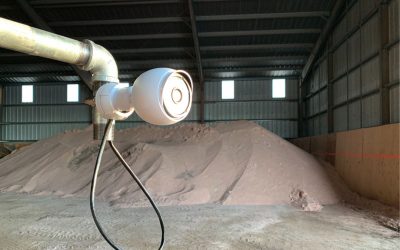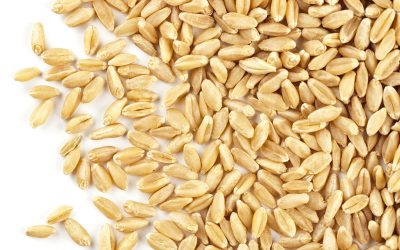Starch and protein
In my previous entry, I mentioned the OSU Grain Processing Symposium. As of today, the proceedings are still not posted to their website. I will let you know when they are available.
In my previous entry, I mentioned the OSU Grain Processing Symposium. As of today, the proceedings are still not posted to their website. I will let you know when they are available.
Of all of the presentations, the most compelling was by Tim McAllister of the University of Alberta. Dr. McAllister’s presentation discussed some of the more current research regarding the composition of the endosperm of grain and the mechanics of starch gelatinization from a macro point of view.
The composition of the protein matrix varies significantly between cereal grain types. In fact, the composition of the protein matrix has important consequences relating to the functional properties of cereal grains.
A good example is gluten. By and large, gluten proteins are the primary protein of wheat and related cereal grains. Gluten protein, as most of us are aware, is the main functional protein in bread. Gluten gives bread its texture and baking properties. In contrast, sorghum grain has a protein matrix comprised almost entirely of kafirin proteins. Kafirin proteins have little functionality for baking applications, but they have a higher degree of germination enzymes compared to wheat.
Anyway, back to Dr. McAllister. For years, beef nutritionists assumed that the primary benefit of steam flaking could be attributed to the increased degree of starch gelatinization. However, Dr. McAllister suggested that the primary benefit of steam flaking arises from the rupturing of the protein matrix and the increased access of the ruminant microorganisms to the exposed starch granule. Consequently, this research may suggest that understanding proteins is as important as understanding starch.
In my next entry, I will delve further into the role that functional proteins play in feed processing.











